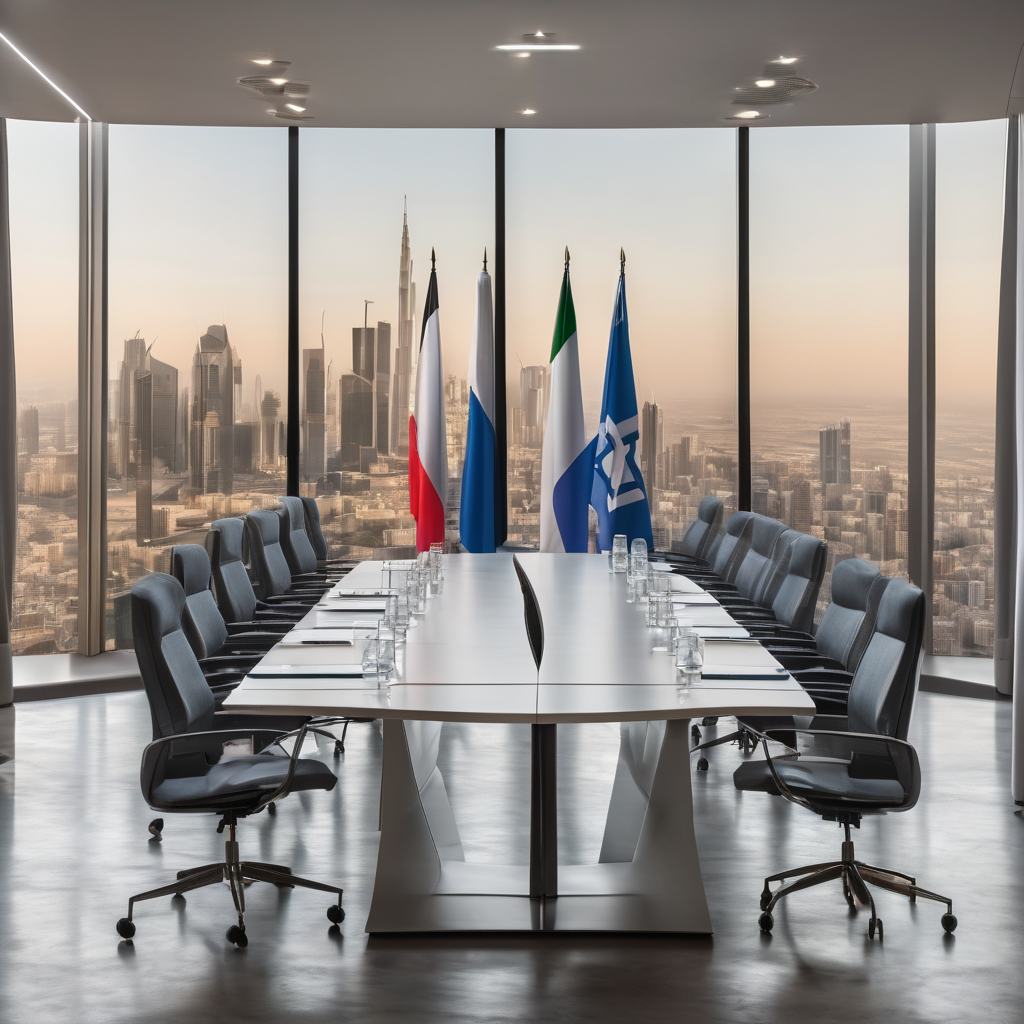The United Arab Emirates (UAE) has opted for a divergent path in response to Israel’s ongoing military actions in Gaza, a move that has ignited significant debate and criticism. Amidst growing Palestinian casualties, the UAE decided against participating in protest actions, such as walking out of Israeli Prime Minister Benjamin Netanyahu’s speech at the United Nations General Assembly, a measure taken by several other Arab nations.
Instead, the UAE engaged in private discussions with Netanyahu, emphasizing a preference for strategic dialogue over visible dissent. The meeting aimed to address urgent needs to end hostilities in Gaza and to promote civilian safety. Statements from the UAE Ministry of Foreign Affairs reiterated the country’s support for a two-state solution and stressed the importance of reaching a sustainable ceasefire.
The contrasting actions of the UAE have sparked varied reactions across the Arab world. Some perceive it as a natural extension of the UAE’s commitment to dialogue inspired by the Abraham Accords, which formalized diplomatic relations with Israel. Others criticize it as being out of touch with the prevailing sentiment among Arab nations, given the severity of the situation in Gaza.
This approach underscores the UAE’s diplomatic tightrope – establishing and maintaining relations with Israel while continuing to advocate for a peaceful resolution to the Israeli-Palestinian conflict. While the UAE’s method may deviate from collective regional actions, it reflects an engagement strategy focused on dialogue rather than isolation, even amid intense circumstances.
UAE Foreign Minister Sheikh Abdullah bin Zayed’s interaction with Netanyahu, along with comments from veteran diplomat Dr. Anwar Gargash, highlight the UAE’s stance. They aim to contribute to the cessation of hostilities and the development of a sustained peace effort, balancing humanitarian concerns with diplomatic relations.
The UAE’s strategy appears anchored in the belief that communication and diplomatic engagement are crucial in encouraging a peaceful resolution and avoiding further humanitarian suffering. While controversial, this path illustrates the complexities of international diplomacy and the diverse methods nations may employ in pursuing regional stability and peace.
